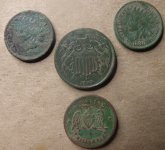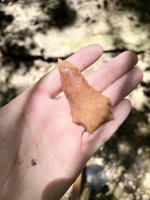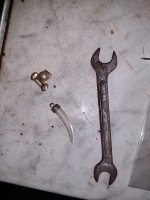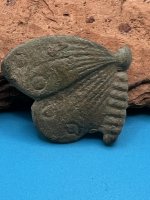H-2 CHARLIE
Bronze Member
- Dec 1, 2012
- 1,204
- 507
- Detector(s) used
- Gold bug pro / Minelab GM 1000
- Primary Interest:
- All Treasure Hunting
has gold came from or linked to the San Andreas fault zone ? The San Andreas Fault line and why its worth Trillions..
Amazon Forum Fav 👍
Upvote
0







